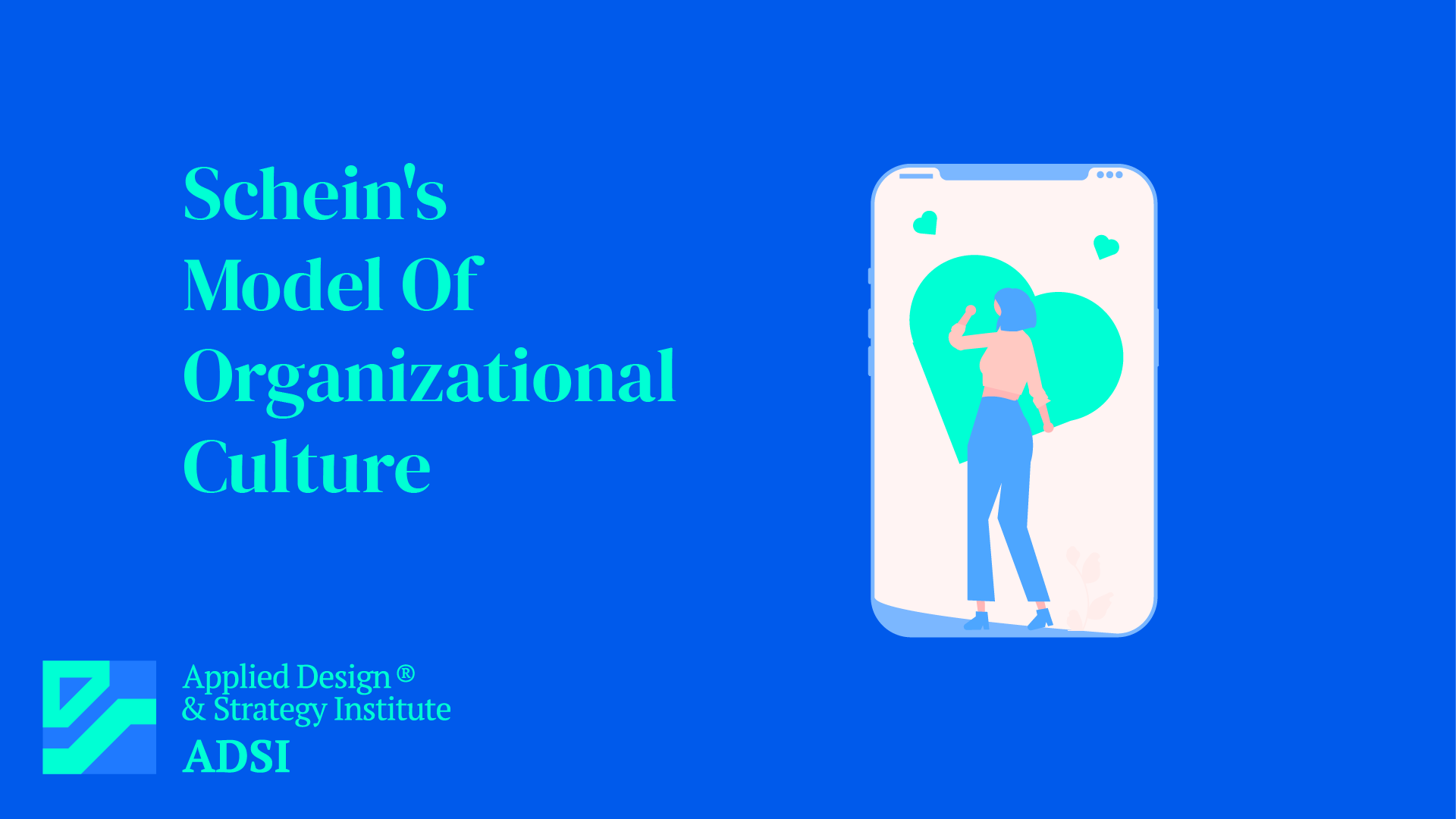Schein’s Organizational Culture Model
Introduction Developed by Edgar Schein in the 1980s, Schein’s Organizational Culture Model provides a framework for understanding, analyzing, and evolving the culture within organizations. It highlights three distinct levels: Artifacts, Espoused Values, and Basic Underlying Assumptions. The Three Levels Application in Orga
Scenario Planning
Introduction Scenario Planning, also known as scenario analysis, is a strategic planning method used by businesses and organizations to envision and prepare for various future possibilities. Originally developed by military strategists and later adopted by corporations, this tool helps in understanding uncertainty and fostering
Satir Change Model
Introduction The Satir Change Model, developed by family therapist Virginia Satir, is a psychological model that describes the effects of change on human behavior. Initially designed for family therapy, it has been effectively applied in organizational change management. The model outlines five stages experienced by individuals
Sandler System
Overview The Sandler Selling System, developed by David Sandler in 1967, revolutionized the sales training industry. It’s a comprehensive sales training method that focuses on the psychology of buyer-seller interactions, emphasizing a consultative approach rather than traditional sales tactics. The system is designed to fo
The Power of Three: Exploring the Rule of Three in Communication and Design
The Rule of Three is a timeless principle that has been employed in various fields, from storytelling and marketing to design and rhetoric. This rule suggests that things presented in threes are more satisfying, memorable, and effective in communication. In this article, we will delve into the intricacies of the Rule of Three, i
Rule of Thirds in Visual Composition: A Guide to Enhancing Your Photography and Design
The Rule of Thirds is a fundamental principle in the world of visual composition, widely used by photographers, designers, and artists to create visually pleasing and balanced images. This concept is a valuable tool for anyone looking to improve their photography and design skills. In this article, we will explore the intricacie
Understanding Innovation Adoption with Rogers’ Five Factors
In the ever-evolving landscape of innovation and technology adoption, Rogers’ Five Factors framework has played a pivotal role in helping us comprehend how new ideas, products, or technologies spread among individuals and societies. Developed by Everett M. Rogers, this framework offers valuable insights into the dynamics o
Prioritizing Success with the RICE Prioritization Framework
In the realm of product development and project management, effective prioritization is often the key to success. The RICE Prioritization Framework is a powerful tool that enables teams to make informed decisions about which projects or tasks to tackle first. By considering four critical factors—Reach, Impact, Confidence, and
RBV Strategy – Leveraging Resources for Competitive Advantage
In the realm of strategic management, the Resource-Based View (RBV) strategy has emerged as a powerful framework for understanding how a company’s unique resources and capabilities can be leveraged to achieve a sustainable competitive advantage. RBV emphasizes that it’s not just about having resources, but how effect
The Art of Rapid Decisions: Navigating the Fast-Paced Business Landscape
In today’s fast-paced and ever-changing business environment, the ability to make rapid decisions is a critical skill for leaders and organizations. Rapid decisions involve making choices swiftly, often in situations where time is limited and information is incomplete. In this article, we will explore the intricacies of ra











